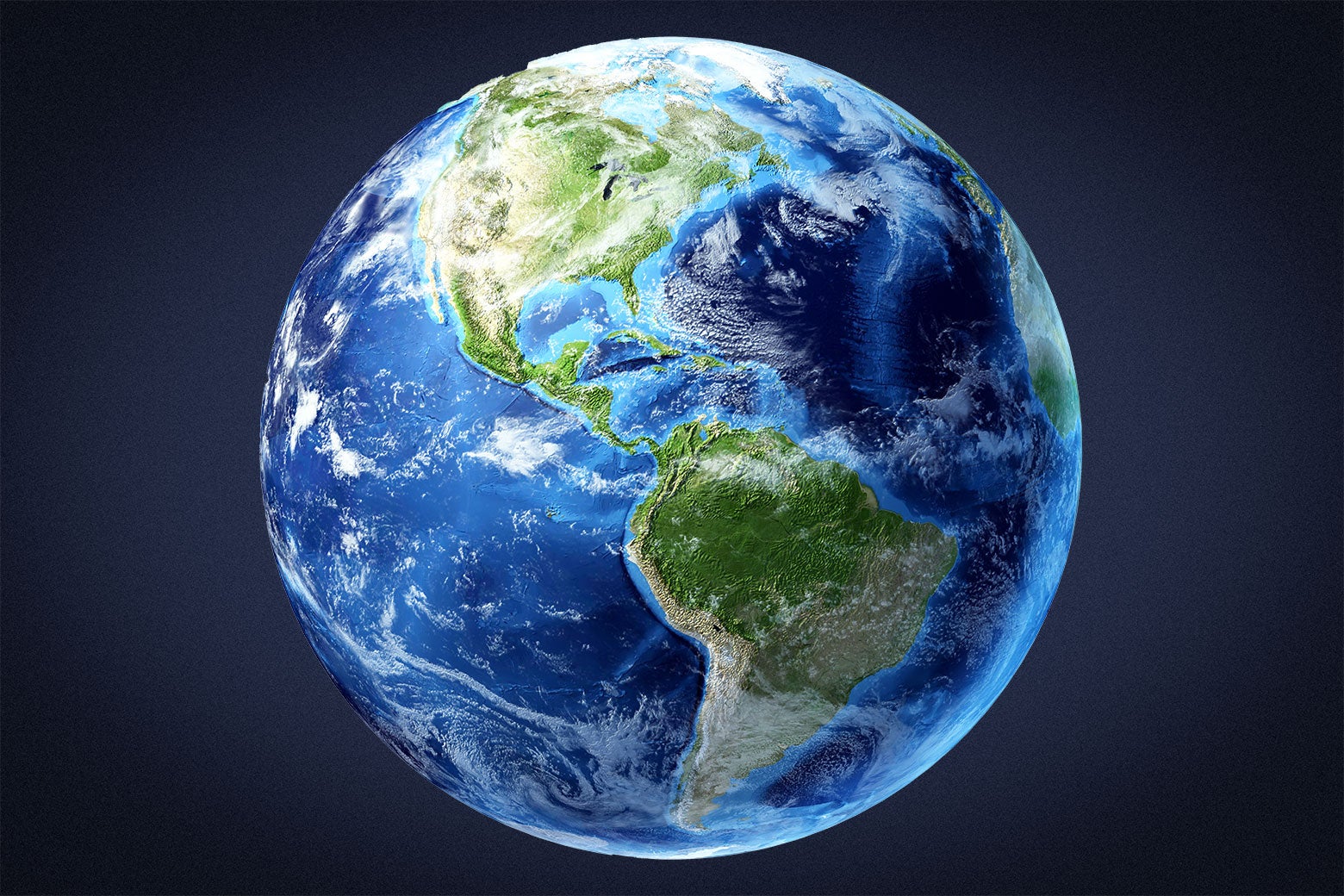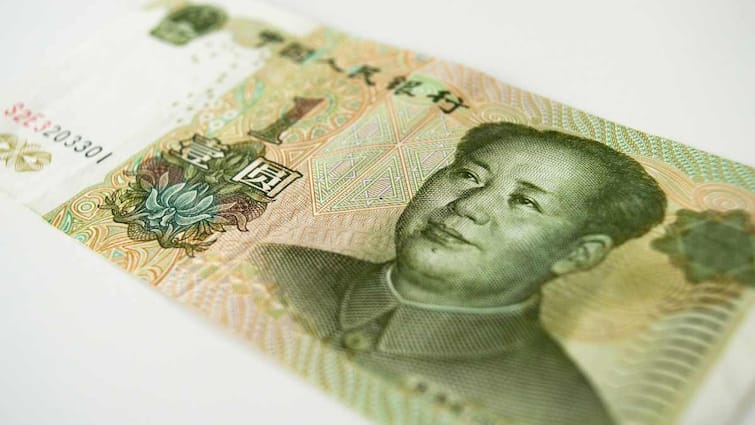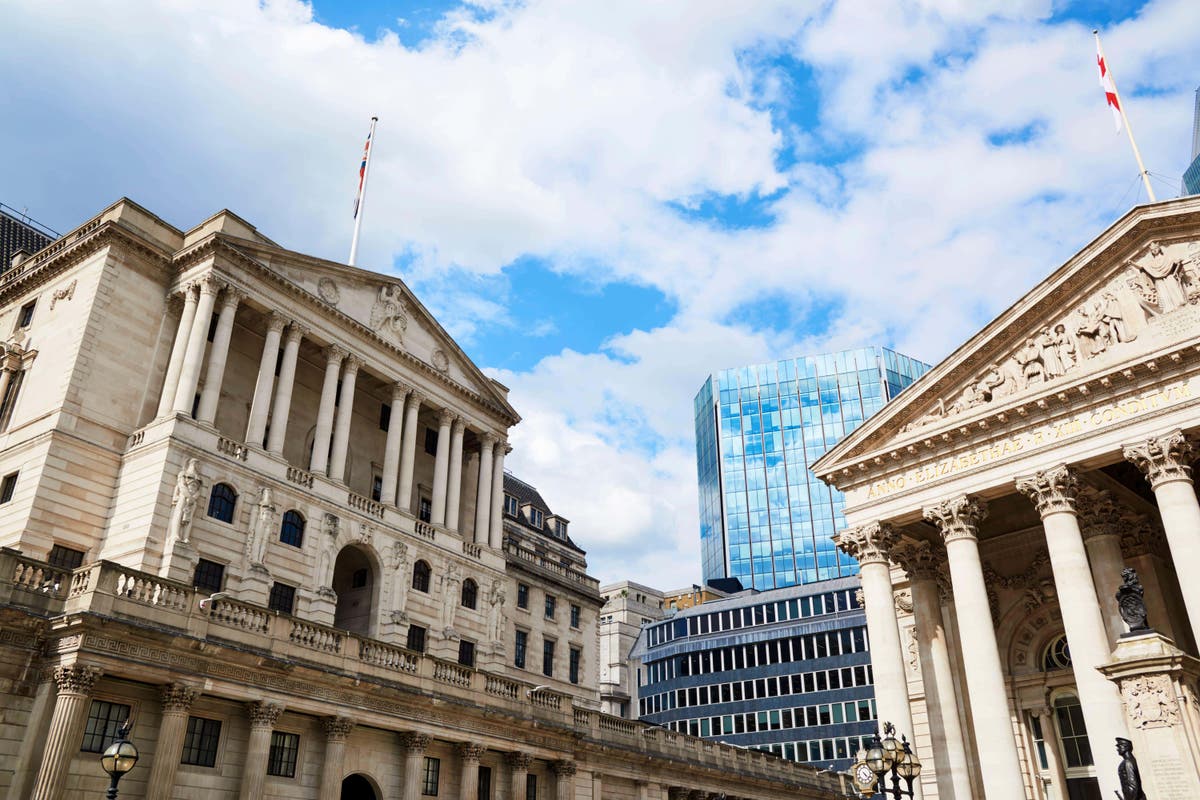
Climate Change and the New Green Economy: The big questions for 2025
Live MintThe summer of 2024 was the hottest on record. More importantly, developing countries are tasked with growing without significantly adding to the global stock of GHG emissions, but the conditions to do so are not nearly supportive enough – the world’s poorest and most climate-vulnerable countries spent twice as much on repaying external debt than what they received as climate finance in 2022; several developing countries face far higher costs of capital, particularly for green technologies compared to their developed counterparts; unilateral trade measures such as the EU’s Carbon Border Adjustment Mechanism are likely to disproportionately hurt developing economies, hindering economic growth in key sectors and placing the onus of decarbonisation on the South. This is crucial both to meet domestic demand as well as participate in a global green economy, where countries like the US are looking to diversify their supply chains away from China. Raising the stakes Moreover, China’s record-breaking rise in the global green goods supply chain and its accelerating green transition have raised the economic and geopolitical stakes of building a green economy in other countries. Simultaneously, a seamless coordination with the rest of the developing world to push for transformation of multilateral spaces that are today hamstrung by the global imbalance of power, would serve it well carve out an equitable, green future for all.
History of this topic
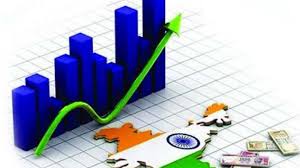
India to lead South Asia’s Economic Growth in 2025 says UN Report
Deccan Chronicle
Role of capital markets for raising green and transition finance
Hindustan Times
India's climate challenge and the rise of a new green economy
Live Mint
Climate change is now a real and pressing economic threat
Live Mint
Climate myopia: This year’s CoP was a big disappointment but small surprise
Live Mint.jpg)
Boost Green Capex With 'Climate Deficit' to Reverse India's GDP Slowdown
The Quint
Finance COP fails to offer adequate finance to developing countries for climate action
Live Mint
How will China impact the future of climate change? You might be surprised
NPR
India pitches for $1.3 trillion in annual climate support for developing nations
Live Mint
'Out of sync': The trillion-dollar climate puzzle that's become a diplomatic nightmare
BBC
A shadow ‘financial crisis’ has cost the world $2 trillion
CNN
India's push for $1 trillion in climate finance to take centre stage at COP29
India Today
India Needs a Green New Deal: A Holistic Approach to Sustainable Development
Hindustan Times
The Earth is facing a ‘code red’ – which is why we need a Green New Deal
The Independent
China's big role in global green transition
China Daily
China's big role in global green transition
China Daily
Broken promise
New Indian Express
China's green efforts to gain momentum
China Daily
China's green efforts to gain momentum
China Daily
China's green efforts to gain momentum
China Daily
Nation helps drive global transition to green energy
China Daily
Nation helps drive global transition to green energy
China Daily
Country's green and low-carbon development contribution to world
China Daily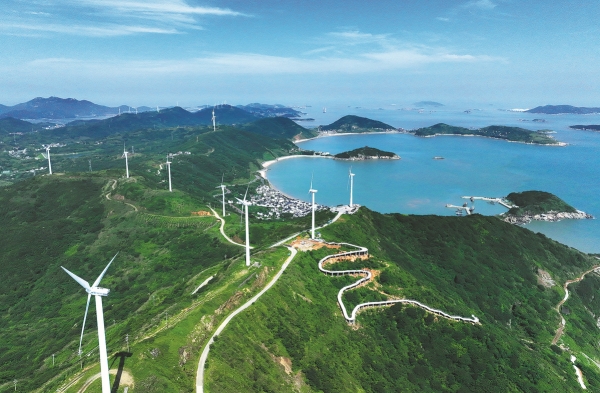
Guidelines set out path to green future
China Daily
Country's green and low-carbon development contribution to world
China Daily
Guidelines set out path to green future
China Daily
China launches ambitious green transition guidelines
China Daily
China launches ambitious green transition guidelines
China Daily
Developed countries should intensify climate actions
China Daily
Developed countries should intensify climate actions
China Daily
For industrial growth, green trade will matter
Hindustan Times
A nation supporting renewables, green transition should be commended
China Daily
China's green finance: From 'zero' to 'hero'
China DailyChina's green finance: From 'zero' to 'hero'
China Daily
China's green finance: From 'zero' to 'hero'
China Daily
China's green finance: From 'zero' to 'hero'
China Daily
China's green finance: From 'zero' to 'hero'
China Daily
China's green finance: From 'zero' to 'hero'
China Daily
China's carbon commitment blueprint for global sustainability
China Daily
Protectionism will drive green transition to dead end: China Daily editorial
China Daily
NABARD unveils Climate Strategy 2030 to mobilise green financing
The Hindu
Private sector holds key to climate finance
China Daily
Fresh global model needed in climate change fight
China Daily
Budget 2024: Can India become a $7 trillion economy by 2030?
India Today
Actual green actions speak louder than words
China DailyFund to compensate developing nations for climate change is unfinished business at COP28
Associated Press)
COP28: Why India's role is pivotal in climate justice and finance
Firstpost
Aiming for sustainable development
China Daily
Aiming for sustainable development
China DailyDiscover Related



































